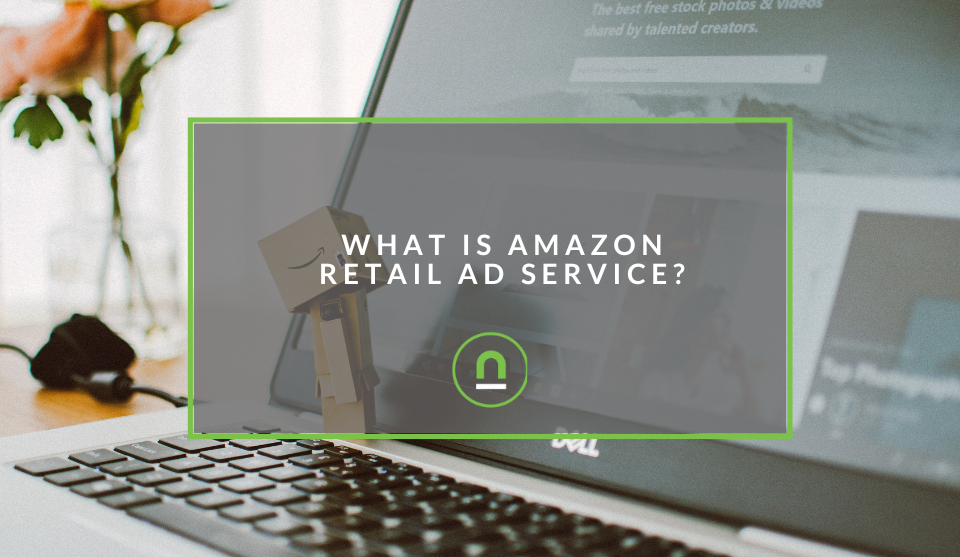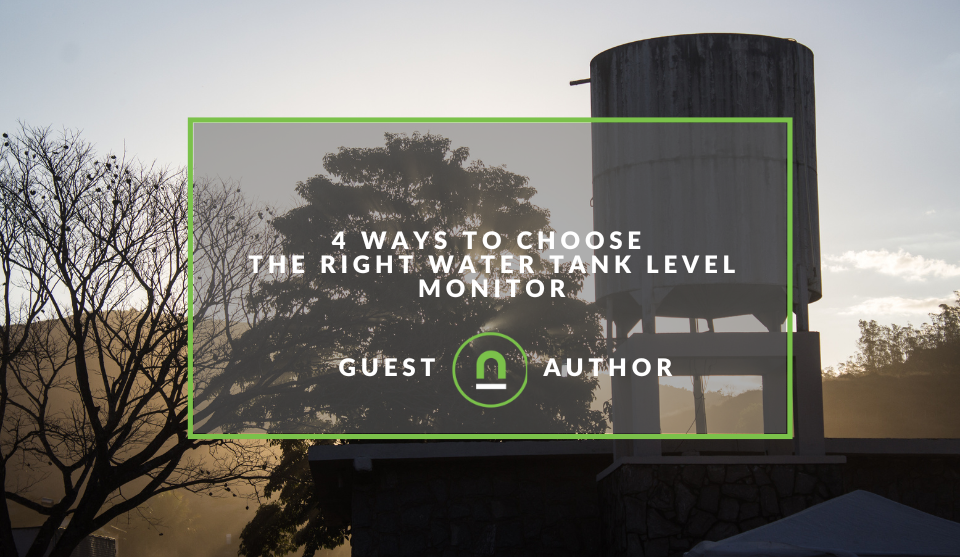Recent posts

Industry Experts
Top Trends in Digital Signage for South African SMEs
15 January 2025

nichemarket Advice
What Is Amazon Retail Advertising Service?
11 January 2025

nichemarket Advice
What Are End of Funnel Keywords?
07 January 2025

Industry Experts
How Link Building Works for E-Commerce Businesses?
28 December 2024
Popular posts
Extravaganza
Trending Music Hashtags To Get Your Posts Noticed
24 August 2018
Geek Chic
How To Fix iPhone/iPad Only Charging In Certain Positions
05 July 2020
Extravaganza
Trending Wedding Hashtags To Get Your Posts Noticed
18 September 2018
Money Talks
How To Find Coupons & Vouchers Online In South Africa
28 March 2019
4 Ways to Choose the Right Water Tank Level Monitor
08 August 2024 | 0 comments | Posted by Candice Reed in Constructive Criticism
Proper water management has become crucial; it's a precious resource for our homes and modern life, and many businesses require water to operate. Ensuring that we use every drop wisely is important, whether you manage a large industrial facility, manage an office, or simply look after your home.
If you've taken it upon yourself to store your own water and not only rely on the local water services, you've likely learned how hard it is to manage your own water supply.
In order to effectively and conveniently monitor water tank levels, one of the things you should invest in is a high-quality water level sensor.
With the right water level monitor, you can more easily track your tank's water levels. Of course, you need to consider a number of key factors to help you make the right choice. You can consider various options depending on your needs, preferences, budget, and other factors.
What is a Water Sensor?
A water sensor is a device that detects the presence or absence of water, and these sensors can come in several variations, including ultrasonic sensors, pressure transducers, bubblers, and float sensors.
It can also measure various properties of water like:
- Water level: How high or low the water is.
- Water quality: Properties like pH, temperature, conductivity, etc.
- Water flow: The rate at which water is moving.
What is a Water Tank Level Monitor?
Water tank level monitors are devices that measure and display the amount of water stored in a tank. They are essential tools for managing water resources efficiently, especially in areas with water scarcity or for those who rely on rainwater harvesting.
Types of Water Tank Level Monitors
There are various types of water tank level monitors, each with its own advantages:
- Float-based gauges: These traditional monitors use a float connected to a dial or digital display to indicate the water level.
- Ultrasonic sensors: These use sound waves to measure the distance to the water surface, providing accurate and real-time readings.
- Capacitive sensors: These measure changes in capacitance caused by the water level, offering precise measurements.
- Pressure sensors: These measure the water pressure at the bottom of the tank, which correlates to the water level.
- Smart water monitors: These advanced devices often combine multiple technologies, offering features like remote monitoring, water usage tracking, and leak detection.
Benefits of Using Water Tank Level Monitors
- Efficient water management: By knowing the water level, you can optimize water usage and prevent shortages.
- Early leak detection: Some monitors can detect leaks and alert you to potential problems.
- Remote monitoring: Smart monitors allow you to check water levels from anywhere with an internet connection.
- Cost savings: By preventing water wastage, you can reduce your water bills.
What are water sensors and tank levels used for?
Water sensors have a wide range of applications, including:
- Home automation: Detecting leaks, monitoring water levels in tanks, and controlling irrigation systems.
- Industrial processes: Monitoring water quality, controlling fluid levels in tanks or pipes.
- Environmental monitoring: Measuring water levels in rivers or lakes and monitoring water pollution.
- Agriculture: Controlling irrigation systems and monitoring soil moisture. Some Tips to Help You Choose
There are a few important factors you need to consider if you want to ensure you choose the right water tank level monitor. Some of the main ones are:
Look at Your Needs and Budget
One of the things you need to do before you choose a water tank level monitor is to assess your needs. So, you need to look at things such as the size of your water tank, whether it is for residential or commercial use, and whether you need real-time monitoring or other features.
In addition, think about your budget, as the cost of monitors can vary widely. By looking at your finances, you will know what price range to focus on.
Compare Different Technologies
Another thing you need to do is compare the different technologies for water tank level monitors. Depending on your needs and budget, you can consider various options.
For instance, you can choose from ultrasonic sensors, float switches, conductive sensors, and pressure transducers. You should compare each of the different options to see which is most likely to suit your needs.
Think About Installation and Maintenance
It is important to also consider installation and maintenance, as some monitors can be more challenging to install than others. Some also require more maintenance than others, which could be a deciding factor for some people.
For instance, ultrasonic sensors are generally easier to install and maintain than some of the other options, which can save you time and hassle. Float switches are also considered easy to install but might need cleaning on a regular basis.
Check Out Additional Features
One additional thing to do is to check out any additional features that come with the monitor. Some modern water level sensors and monitors do come with added features to make them more functional and practical.
This includes things such as remote monitoring capabilities, notifications and alarms, and the ability to integrate with other systems.
Find the Ideal Monitor for You
By following these tips, you can more easily find the ideal water tank level monitor for your needs. Then, you can effectively and conveniently manage your water, whether it is for your business or for your home.
Tell us your story
Would you like to write for nichemarket just like Kyle has? Find out how to submit a guest post, and when you're ready, you can contact us.
Are you looking to promote your business?
Construction or renovation businesses can create your free business listing on nichemarket. The more information you provide about your business, the easier it will be for your customers to find you online.
Registering with nichemarket is easy; all you will need to do is head over to our sign-up form and follow the instructions. If you require a more detailed guide on how to create your profile or your listing, then we highly recommend you check out the following articles.
Recommended reading
If you enjoyed this post and have time to spare, why not check out these related posts and dive deeper down the rabbit hole that is decor and interior design.
You might also like
Top Trends in Digital Signage for South African SMEs
15 January 2025
Posted by Viktoriia Tsykalova in Industry Experts
South African SEMs keep innovating and looking for new technology-based methods in marketing. Following and implementing digital signage trends is a ...
Read moreWhat Is Amazon Retail Advertising Service?
11 January 2025
Posted by Che Kohler in nichemarket Advice
Amazon is opening up its ad tech to other major retailers with its new Advertising platform, which allows other sites to run sponsored ads on their o...
Read more{{comment.sUserName}}
{{comment.iDayLastEdit}} day ago
{{comment.iDayLastEdit}} days ago
 {{blogcategory.sCategoryName}}
{{blogcategory.sCategoryName}}
